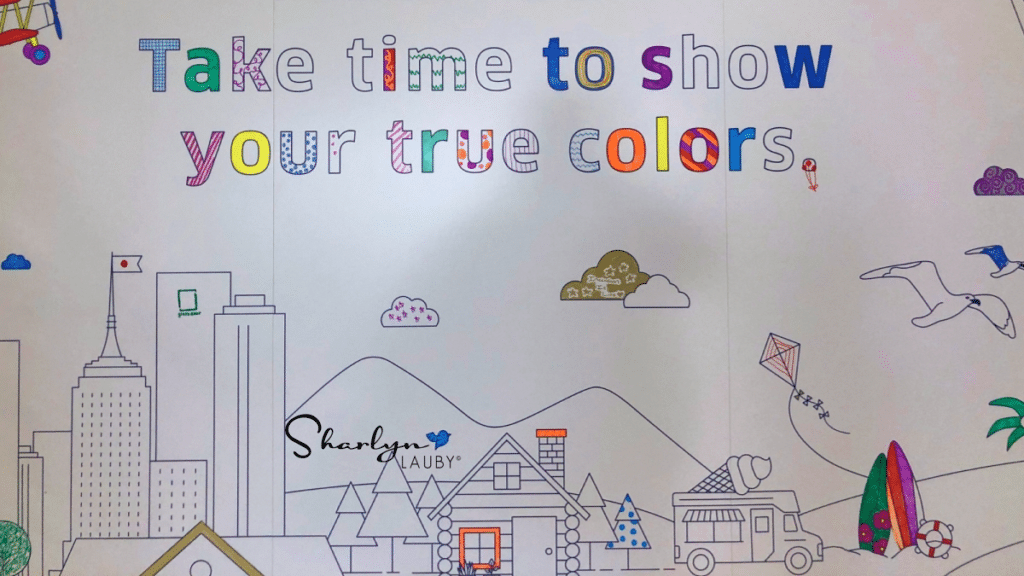Why Is Inequality Low On the HR List of Priorities

I understand that surveys and polls aren’t always indicative of everyone. But surveys and polls do provide some frame of reference. So, I don’t know that they should be ignored. Which is why I wanted to share this one from the Society for Human Resource Management (SHRM) and Globalization Partners.
The survey reported that the greatest challenges for global teams included collaborating and scheduling work across different time zones (49%). But rated last was unfairness or inequality among global teams (7%). I’d like to think that you’re saying the same thing I am, “Why is inequality so low on HR’s list of priorities?” Seriously, why? We know that creating diverse and inclusionary workforces benefit employees and the business.
Organizations that are trying to create award-winning cultures so they can attract and retain the best talent need to have diverse and inclusionary workplaces. I wrote a series a couple of years ago about building inclusionary cultures.
Defining Diversity and Inclusion in Today’s Business Climate
Diversity and inclusion are an important part of employee engagement. Company culture centers on a diverse workforce. And that drives strong engagement.
Using Trust and Emotional Intelligence to Establish Your Cultural Identity
Successful recruiting and retention relies on a company’s cultural identity. It’s a key part of the employment brand. And it’s built on respect and trust.
Using Leadership to Establish Cultural Identity
The speed of change has companies scrambling to keep up. Leadership is key. It helps drive cultural identity through diversity and inclusion initiatives.
Implementing an Inclusive Culture
An inclusive culture can offer a competitive advantage. Diversity training programs are a great start. But leadership needs to be the champion of diversity.
I’d like to believe that if human resources – along with the rest of the organization – makes equality and fairness a priority, then challenges such as collaborating and scheduling across time zones get easier. I also realize that, in practice, this is much easier said than done. I’m not implying that we can simply snap our fingers and create fairness and equality. It takes time. It takes trust. Most of all, it takes making it a priority.
I certainly don’t have all the answers about inequality here. But this survey does make me wonder if we’re focused on symptoms.
Ever since I read about this survey, it’s made me think about organizational priorities. Are companies truly focused on creating diverse and inclusionary workplaces? If so, is it a priority to have a workforce that feels employees are treated both fair and equal? It really should be.
Image captured by Sharlyn Lauby at the HR Technology Conference in Las Vegas, NV
14